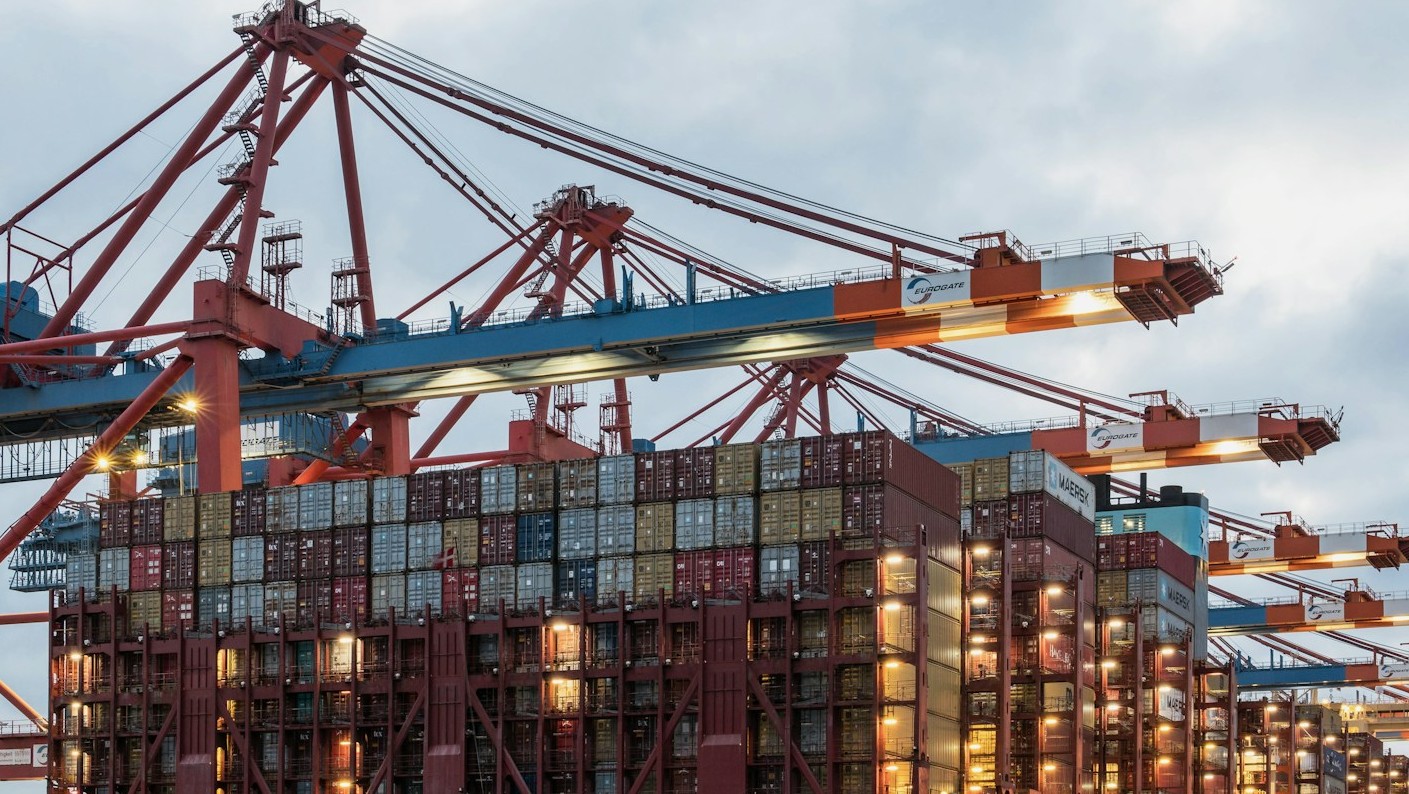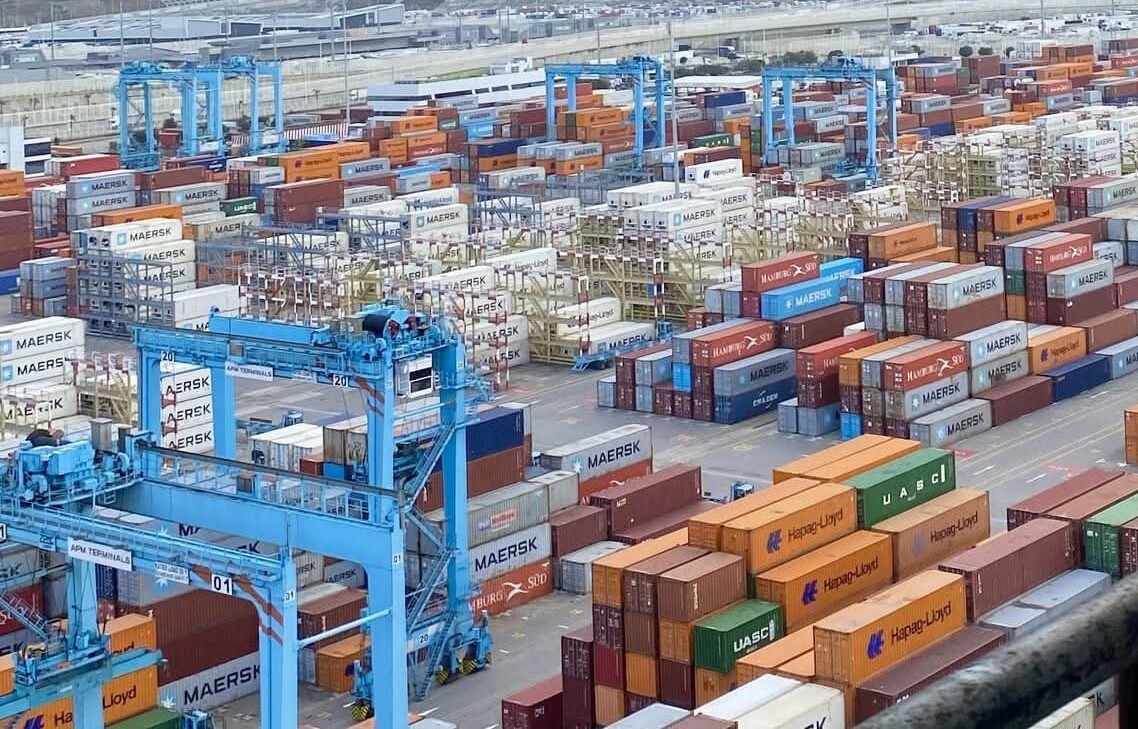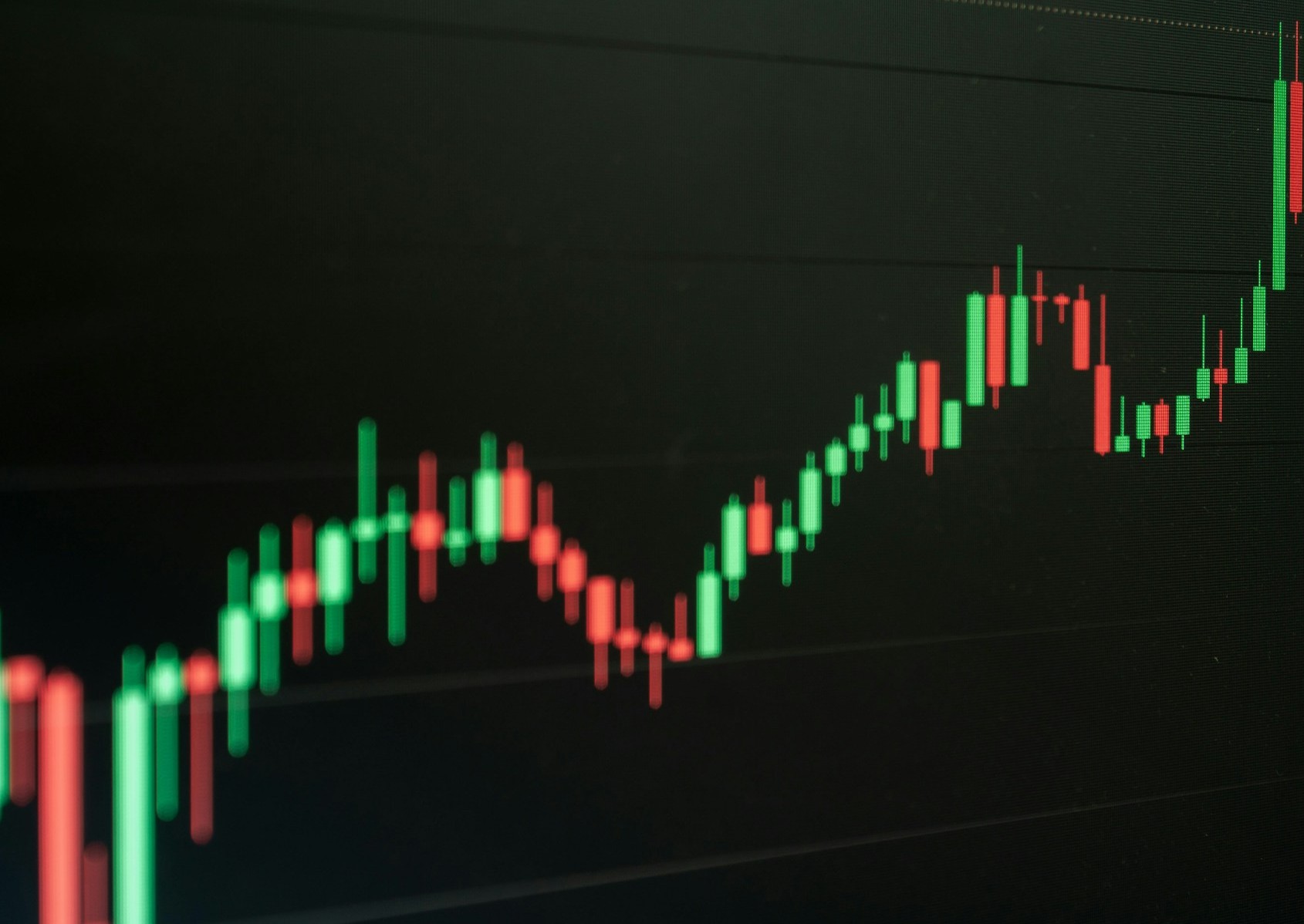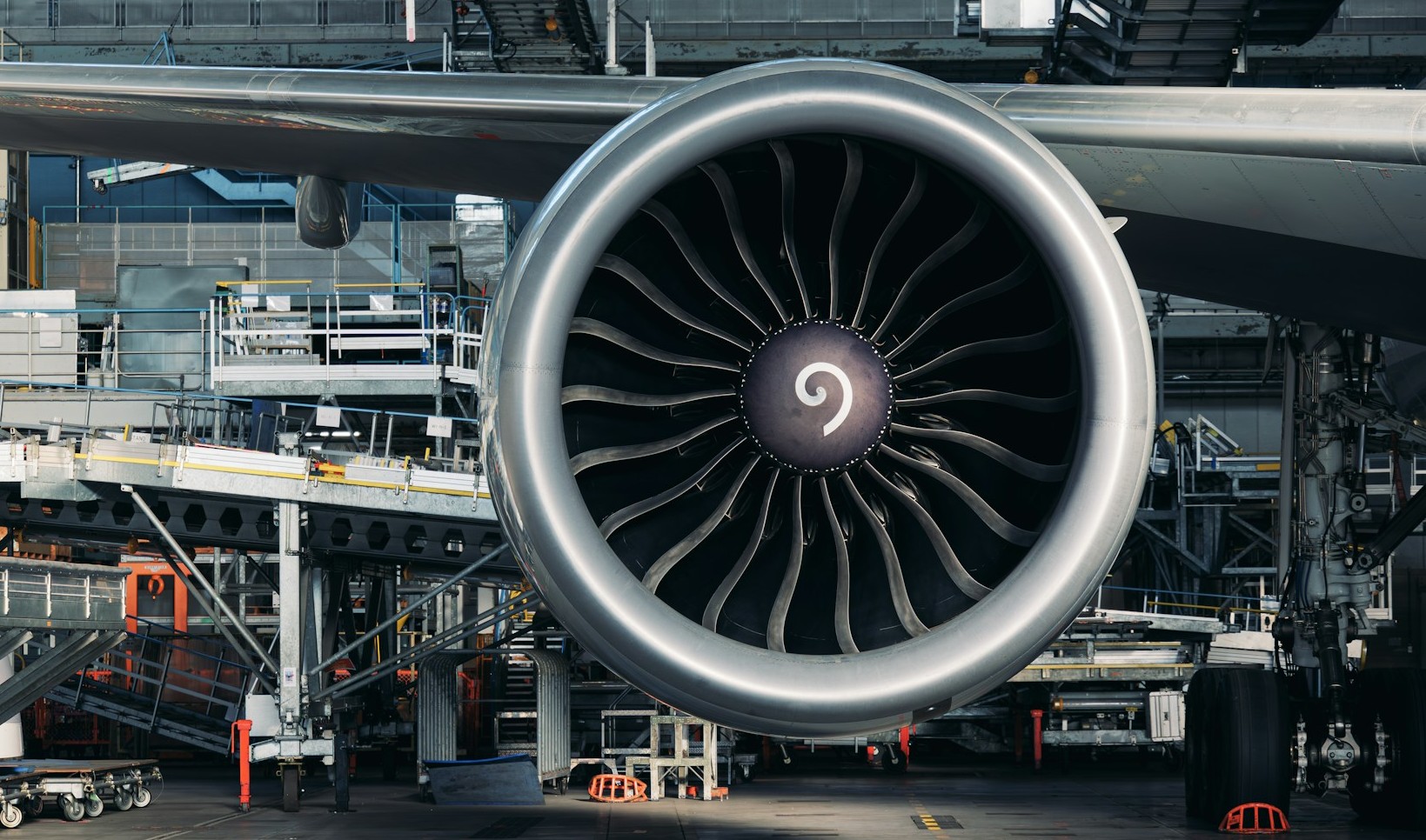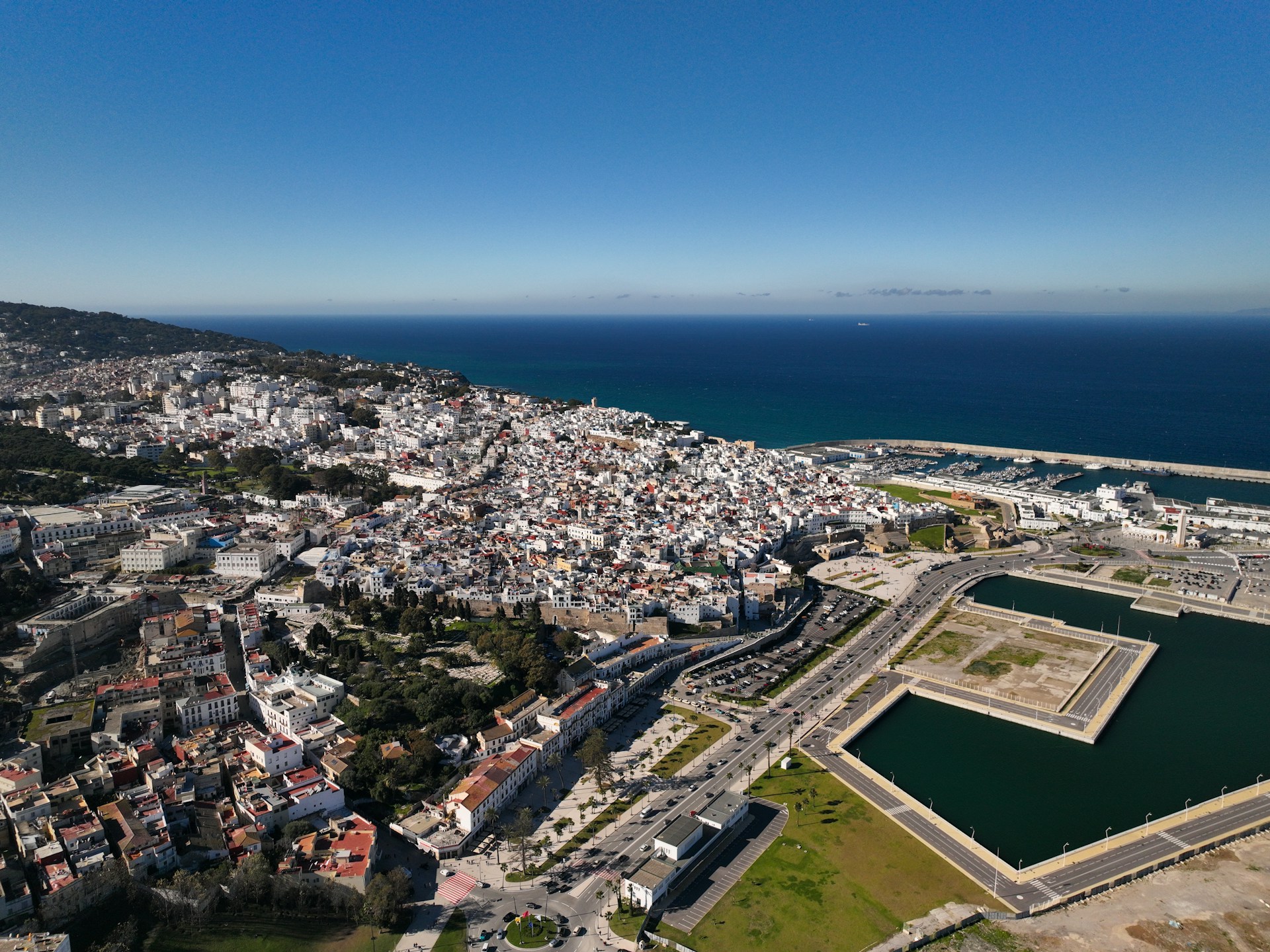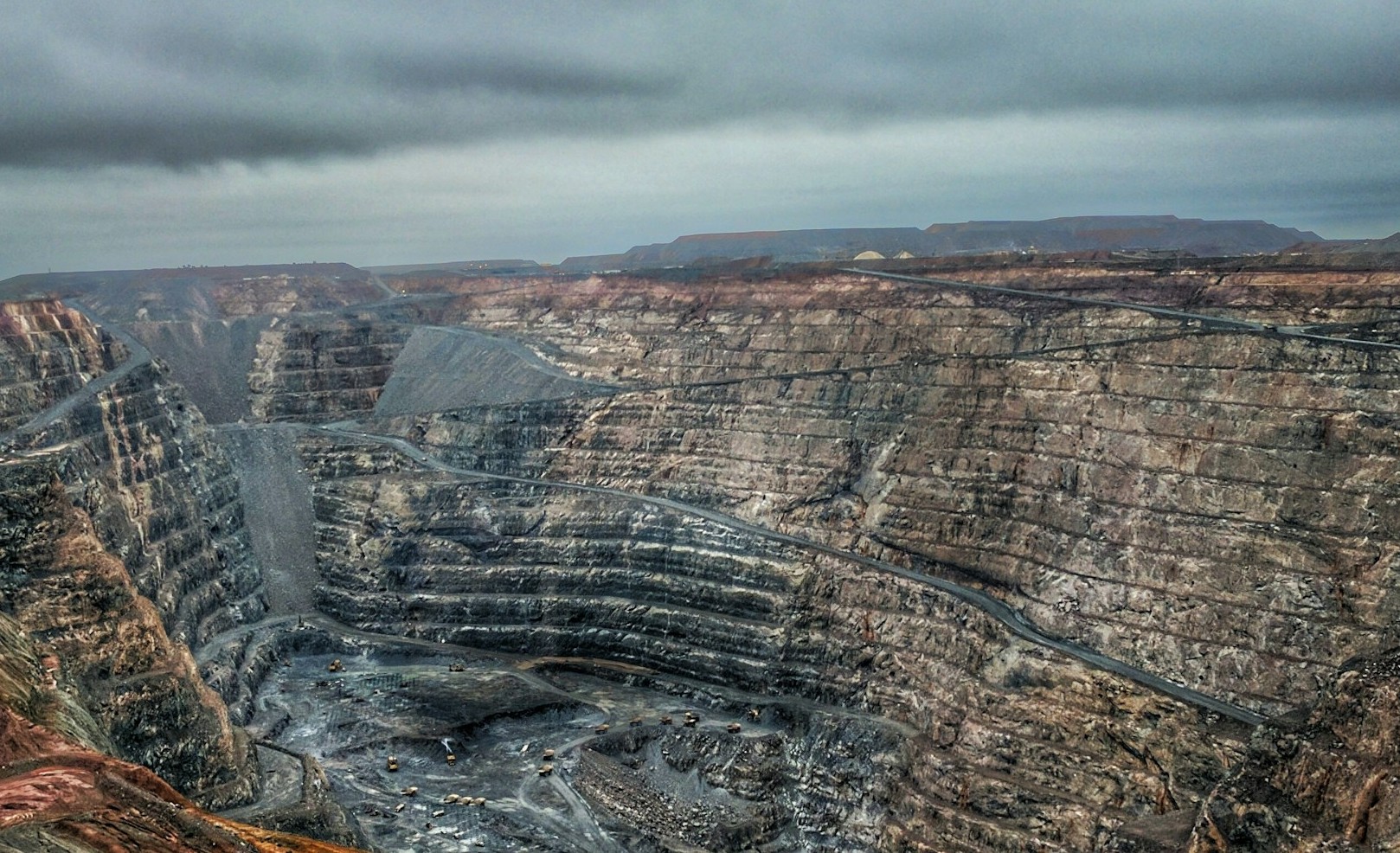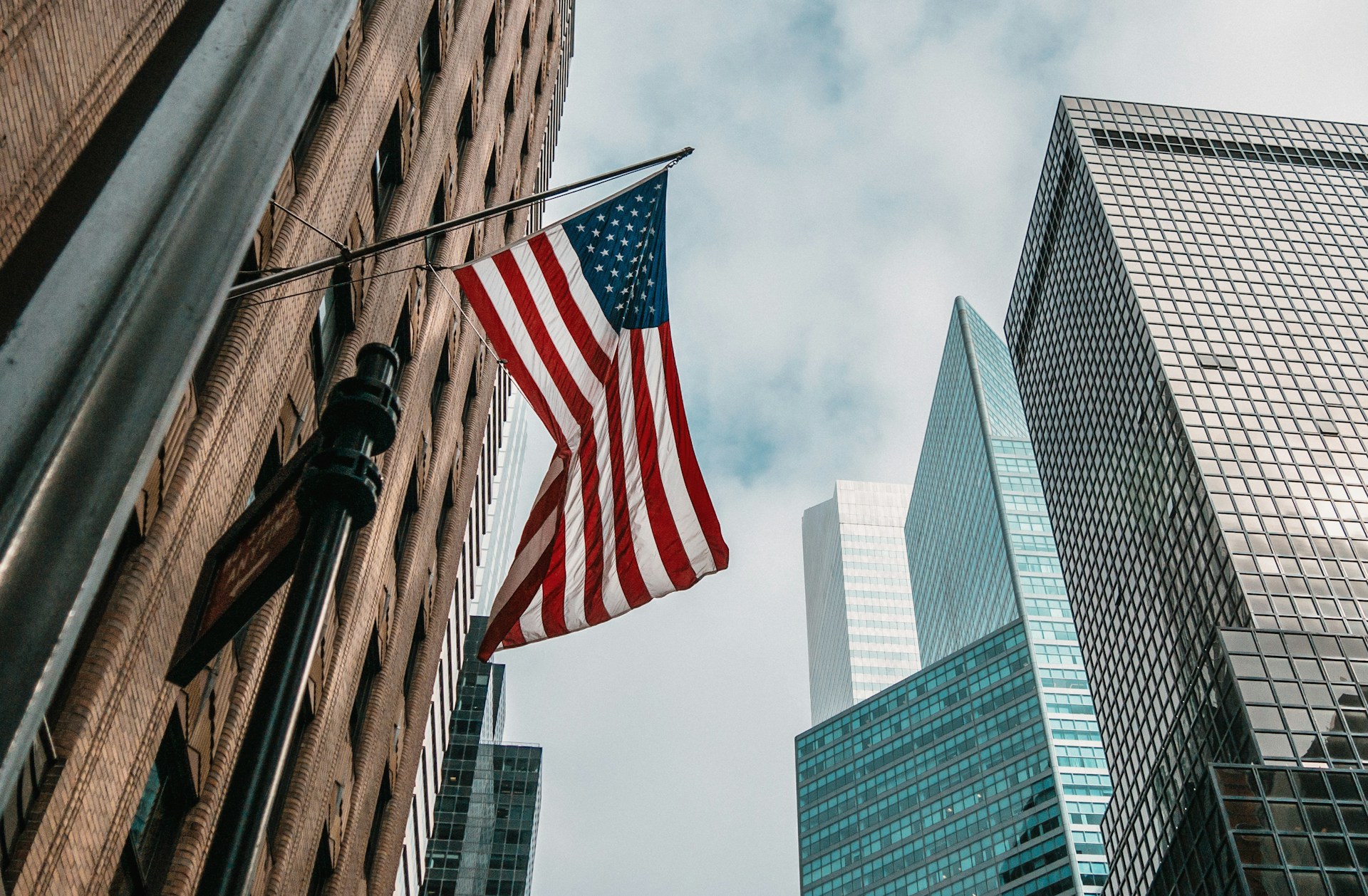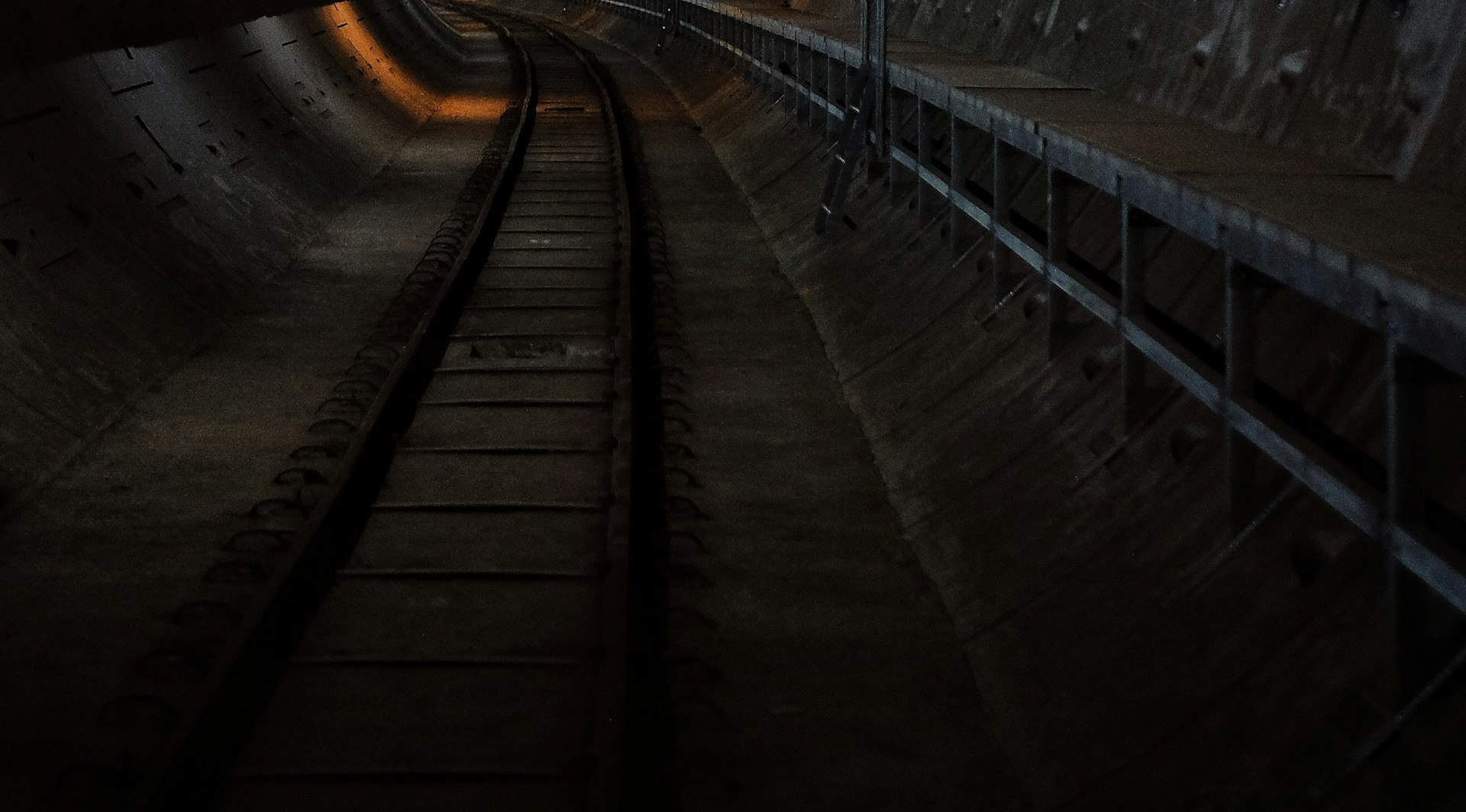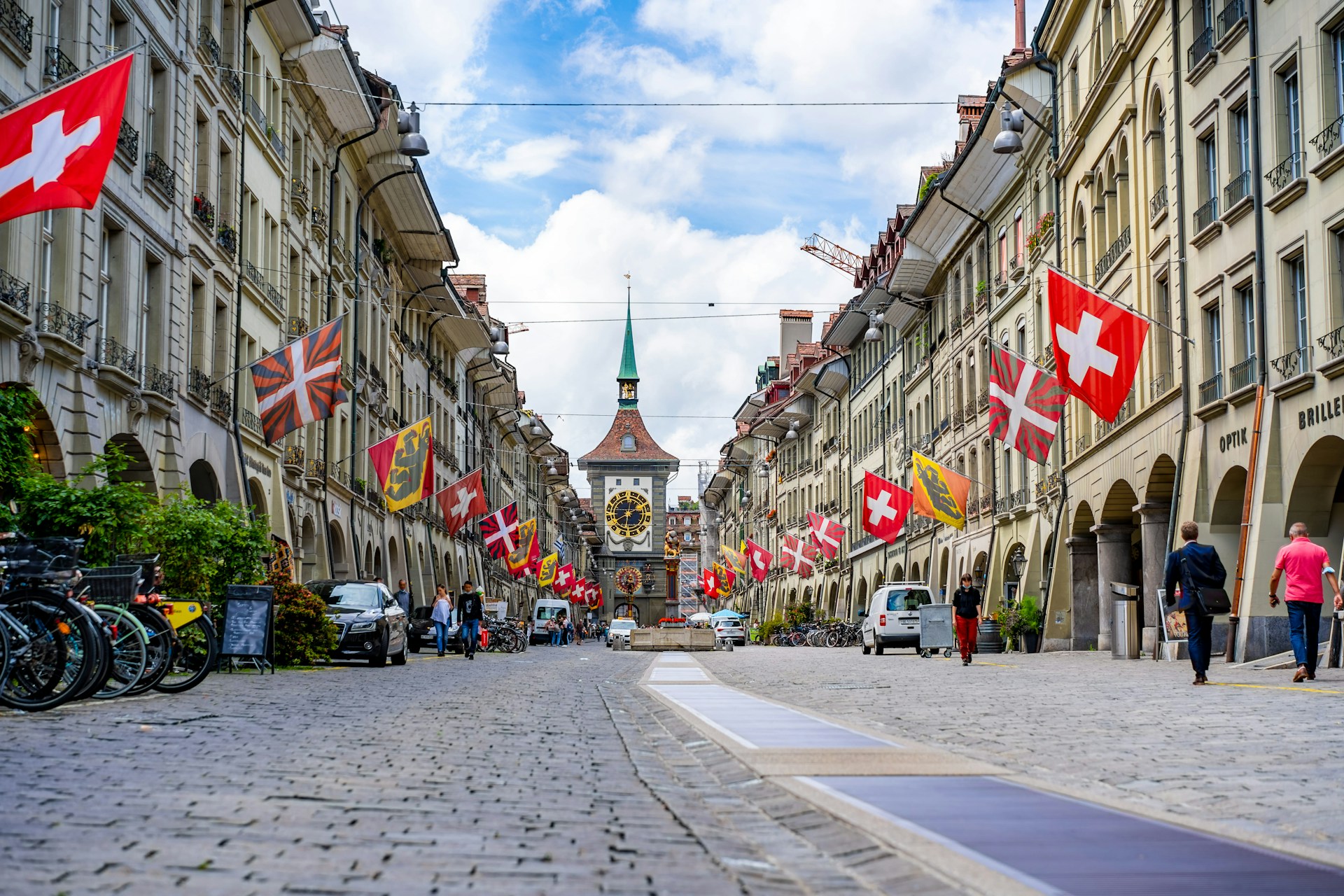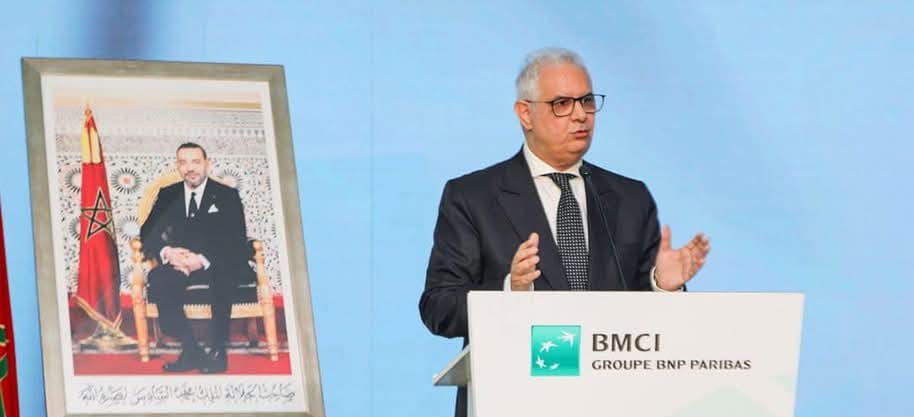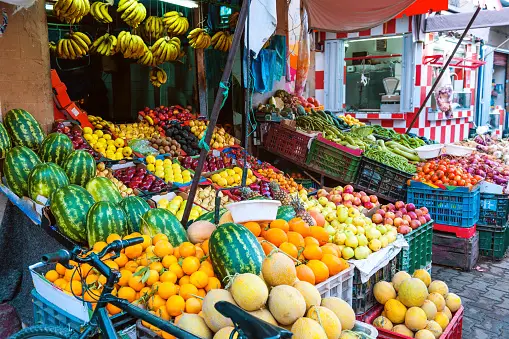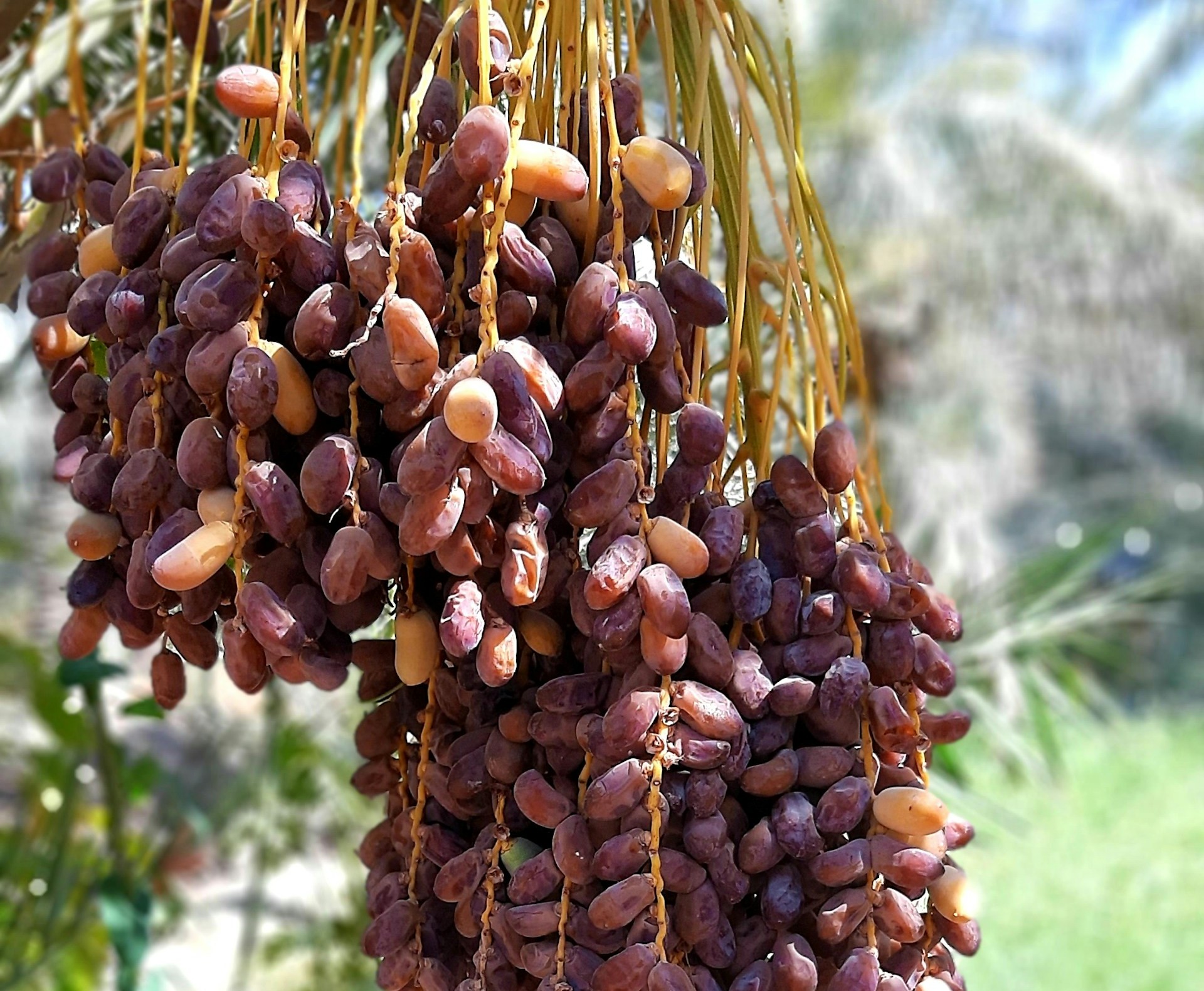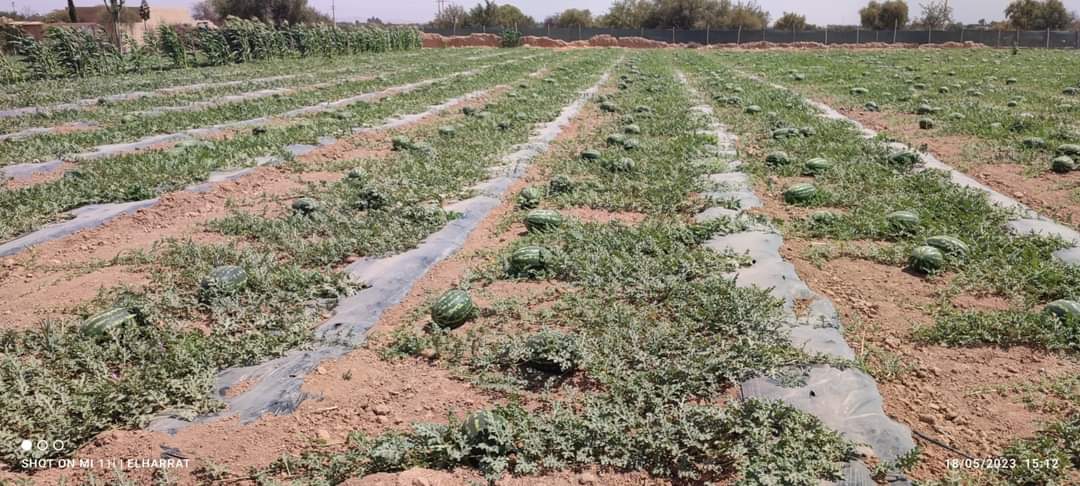Casablanca – As global demand for green technologies accelerates, Morocco is emerging as a key player in the international push toward sustainable energy and mineral resource development. With vast mineral reserves, a strategic location, and growing partnerships with major global powers, the North African kingdom is steadily positioning itself as a regional hub for the green mineral transition.
A nation rich in critical resources
At the heart of Morocco’s opportunity is its wealth of critical minerals essential to the clean energy transition. The country is a significant producer of phosphate—one of the most important components in modern agriculture and increasingly relevant in battery technologies. In addition, Morocco holds promising reserves of lithium, cobalt, nickel, and rare earth elements, all of which are vital for producing electric vehicle batteries, wind turbines, solar panels, and other renewable energy systems.
According to recent research by the African Policy Institute, green transition minerals (GTMs), also known as critical raw materials (CRMs), now represent approximately 25% of Morocco’s mining export revenues. They contribute around 10% of the country’s gross domestic product (GDP) and provide employment to more than 49,000 people across the mining and mineral processing sectors.
Strategic geography and economic integration
Morocco’s geographical proximity to Europe and its trade agreements with both the European Union and the United States offer substantial economic advantages. The country is uniquely positioned at the crossroads of major trade routes, allowing it to serve as a logistical bridge between African, European, and Asian markets. The Tanger Med Port, one of the largest in Africa, enhances Morocco’s capacity to export raw and processed materials efficiently.
Morocco also benefits from an evolving framework of international cooperation. Through long-standing partnerships with the European Union and expanding engagement with China, the country has secured significant infrastructure investments. The EU has committed to funding renewable energy projects and private sector initiatives, while China, under its Belt and Road Initiative, has contributed capital and technical expertise to develop mining and industrial infrastructure.
Balancing competing interests
However, Morocco’s growing importance on the global stage comes with its own set of challenges. There is increasing geopolitical competition between the United States, European Union, and China over access to critical minerals. Each partner approaches the extractive sector differently: China prioritizes speed and efficiency in investment execution, while the European Union emphasizes transparency, environmental compliance, and social governance standards, including human rights.
This divergence presents Morocco with a delicate balancing act. While the country is eager to attract foreign investment to boost industrialization and job creation, it must also navigate complex regulatory expectations and global scrutiny. The Moroccan government has begun responding by modernizing its legal and environmental frameworks to create a more investor-friendly and sustainable mining sector.
A vision for green industrial development
Beyond raw materials, Morocco is aiming to climb the value chain by developing industries that support clean energy technologies. The country is making strides in electric vehicle battery production, solar and wind energy, and green hydrogen development.
A major government initiative has been launched to develop 1 million hectares for green hydrogen production. This project has attracted international attention, particularly from Germany, which has signed a cooperation agreement to support the development of hydrogen infrastructure in the country.
The expansion of renewable energy projects, including solar and wind farms, alongside the growth of water desalination facilities, supports Morocco’s goal of reducing its carbon footprint and diversifying its energy mix. These efforts also enhance energy security and position the country as a potential exporter of clean energy solutions in the future.
A framework for triangular cooperation
To consolidate its role as a green mineral hub, Morocco is encouraging a tripartite framework involving collaboration with both the EU and China. A proposal from the African Policy Institute suggests the establishment of joint task forces, dedicated industrial zones, a unified sustainability charter, and a regional mineral corridor that would facilitate sustainable extraction and processing practices. The initiative also emphasizes empowering the local workforce through tailored legislation and training programs.
Such a model could serve as a blueprint for other developing nations seeking to balance economic development with environmental sustainability in the resource sector.
Political stability and investor confidence
Morocco’s political stability, combined with a strong focus on regulatory reform, continues to make the country an attractive destination for foreign direct investment. The government is investing in updating geological maps, promoting exploration incentives, and creating industrial logistics corridors to ease the flow of goods and materials.
These measures are designed to reinforce investor confidence while aligning the mining sector with international standards.
Morocco is not just a source of critical minerals but a dynamic partner in the global green economy. With the right blend of strategic diplomacy, regulatory modernization, and sustainable industrial planning, the country is well on its way to becoming a leading hub in the transition to cleaner, greener technologies.
